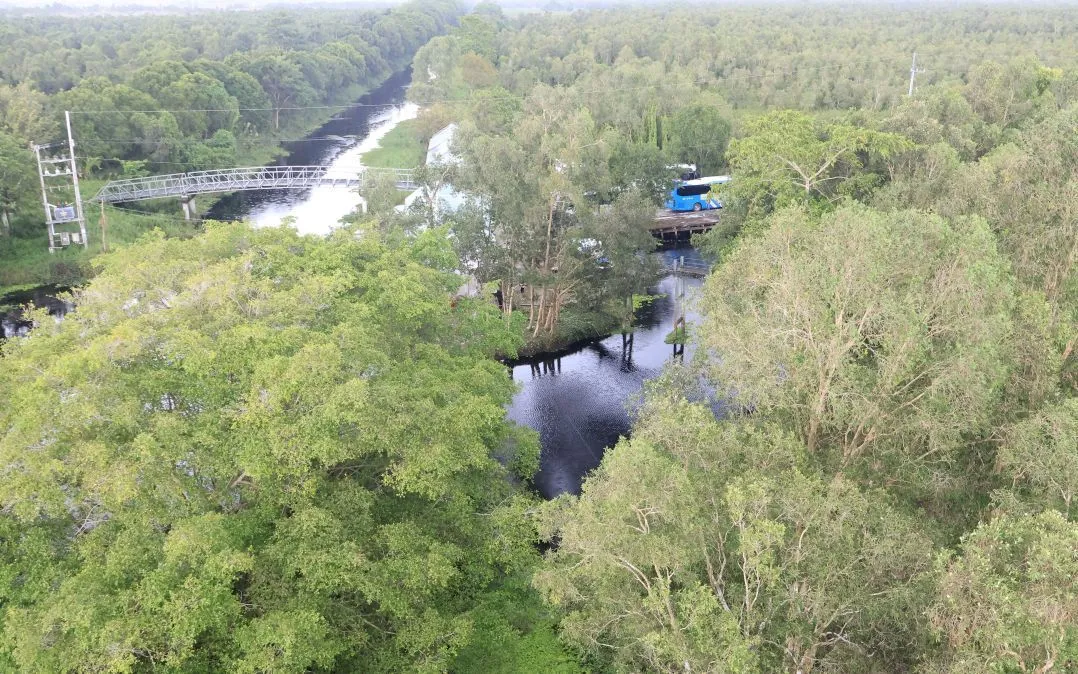
The Southwestern region of Vietnam, a land of alluvial soil, rivers, and gentle smiles, has long been a captivating destination for both domestic and international tourists. It boasts not only abundant natural landscapes but also a unique cultural space, a melting pot and intermingling of four ethnic groups: Kinh, Khmer, Hoa, and Cham.
A land of rivers and waterways, and a diverse culture.
The Mekong Delta, the southernmost part of Vietnam, is blessed by nature with a complex network of rivers and canals, vast rice paddies, and lush green islets. The lives of the people here are closely intertwined with the water, boats, floating markets, and a simple, rustic way of life full of warmth and camaraderie.
A trip to the Mekong Delta is a journey of diverse experiences: from exploring orchards laden with fruit, to experiencing the warmth of community life in villages, to spiritual tourism associated with ancient temples, or ecotourism amidst mangrove forests and vast islands.
A picture of Kinh, Khmer, Chinese, and Cham culture.
The Southwestern region of Vietnam is a land of cultural fusion, where each ethnic group contributes to creating a unique shared identity.

Xiêm Cán Pagoda - the most beautiful Khmer pagoda in Southern Vietnam. Photo: TITC
Khmer culture is prominent with Southern Buddhism, which is the center of spiritual life and the foundation of the phum and soc communities. Khmer pagodas with high roofs, elaborate carvings and brilliant yellow colors such as Xiem Can pagoda (formerly Bac Lieu), Kompong Chray pagoda or Monivongsa Boparam pagoda (formerly Soc Trang ) are cultural and religious symbols of the Khmer people. Traditional festivals such as Chol Thnam Thmay, Ooc Om Bok moon worshiping ceremony, or Sen Dolta ceremony are not only occasions for entertainment but also spaces for people to express their gratitude to their ancestors and strengthen community solidarity. The sound of drums, graceful Ram Vong dances, and the high and low five-tone orchestra have become familiar echoes of this land.

Rach Soi Pagoda. Photo: TITC
The Chinese community in the West, especially in Can Tho, Tra Vinh (formerly), Soc Trang (formerly), has left a deep mark on cultural and economic life. They are famous for their industriousness and dynamism in commerce and traditional crafts. Assembly halls and temples such as Thien Hau Temple, Ong Bon Assembly Hall, or Quan Am Pagoda are not only places of worship but also cultural destinations, demonstrating the interweaving of Chinese beliefs and indigenous culture. On every festival occasion such as the Nghinh Ong Festival or Thien Hau Festival, the bustling atmosphere spreads throughout the streets, attracting a large number of tourists from all over.

Tourists enjoy a performance of traditional Vietnamese musical instruments. Photo: TITC
For the Cham people, life is closely intertwined with rivers and traditional crafts. The Cham community in An Giang mainly lives along canals, engaging in fishing, small-scale trading, weaving brocade, and preserving unique cultural values. Islam plays a central role in their spiritual life. A trip to Chau Phong Cham village (An Giang) offers visitors the opportunity to learn about their customs, visit mosques, enjoy characteristic Halal cuisine, and experience the peaceful beauty of a riverside craft village.
The green color of the mangrove forest
Not only is the Southwestern region of Vietnam distinguished by its diverse cultural life, but it also captivates tourists with the vast green expanse of its mangrove forests. The U Minh Thuong and U Minh Ha forests, the two core areas of the world biosphere reserve, are home to a characteristic melaleuca forest ecosystem, along with hundreds of rare species of birds, mammals, reptiles, and plants.

U Minh Ha Melaleuca Forest. Photo: TITC
Visitors can enjoy boat rides through the canals, listen to the birds calling, admire the blooming lotus flowers, or experience the rustic life of the locals: casting nets, draining ponds, gathering wild vegetables, and setting up beehives to collect honey. In U Minh Thuong National Park (formerly Kien Giang province), exploring Hoa Mai Lake, Trang Chim National Park, or the wildlife rescue center will help visitors understand more about the conservation efforts of this southernmost region of Vietnam.
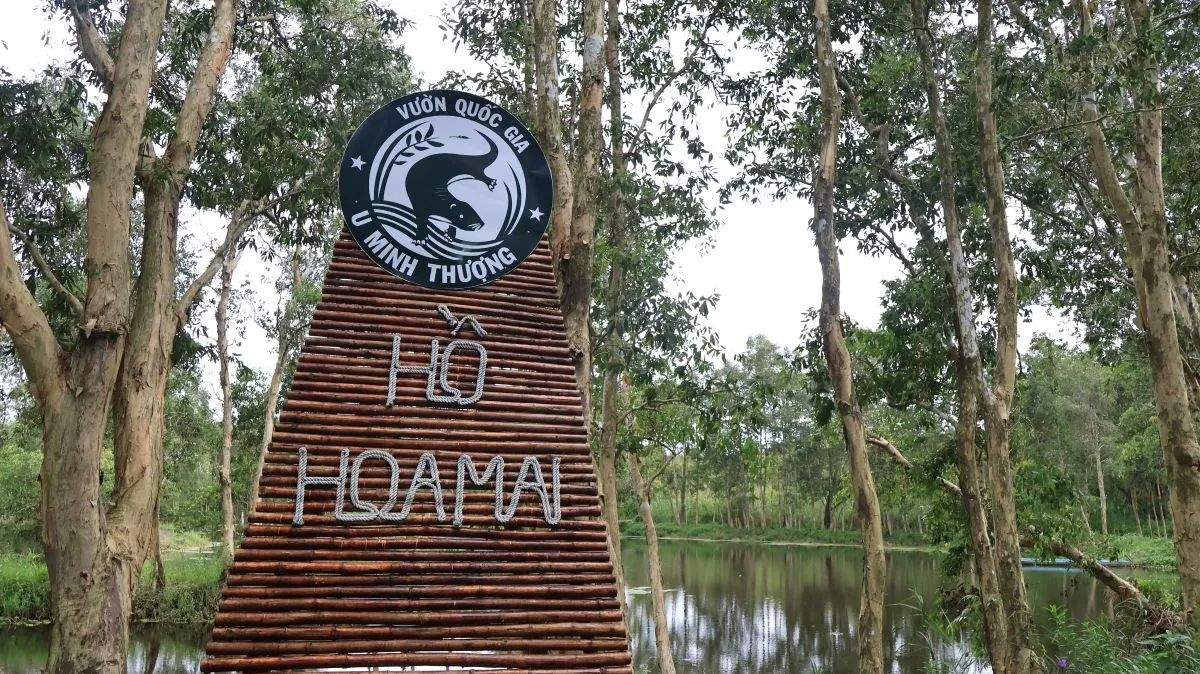
Photo: TITC
A journey of cultural colors
From the golden Khmer temples and vibrant red Chinese assembly halls to the lush green mangrove forests and the deep blue sea and sky of the Southwestern Mekong Delta, it's a harmonious tapestry of nature and people. Every color, every sound, every festival reflects the optimistic, hospitable, and life-loving spirit of the local people.
A journey to the Mekong Delta is not just about discovering beautiful scenery, but also about rediscovering the cultural and spiritual values of the land and people of the South: genuine, generous, warm-hearted, and compassionate.
The Southwestern region of Vietnam, where rivers meet and cultures intertwine, is a "journey of a myriad of colors" awaiting visitors from all corners of the world to experience, cherish, and remember.
Source: https://vtv.vn/du-lich-mien-tay-trai-nghiem-da-dang-giua-song-nuoc-va-le-hoi-dan-gian-100251022112556231.htm



![[Photo] The captivating scenery of the fragrant maple forest in Quang Tri](/_next/image?url=https%3A%2F%2Fvphoto.vietnam.vn%2Fthumb%2F1200x675%2Fvietnam%2Fresource%2FIMAGE%2F2025%2F12%2F10%2F1765353233198_lan09046-jpg.webp&w=3840&q=75)
![[Photo] Explore the US Navy's USS Robert Smalls warship](/_next/image?url=https%3A%2F%2Fvphoto.vietnam.vn%2Fthumb%2F1200x675%2Fvietnam%2Fresource%2FIMAGE%2F2025%2F12%2F10%2F1765341533272_11212121-8303-jpg.webp&w=3840&q=75)



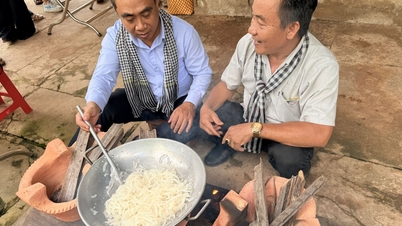

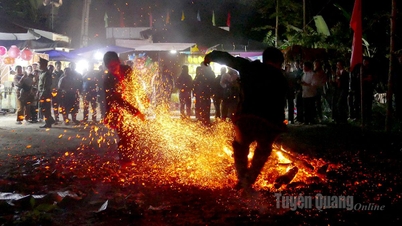

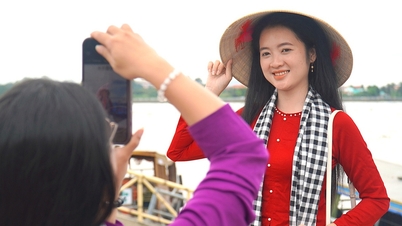





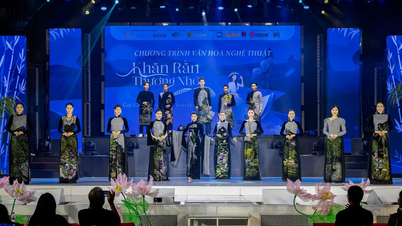

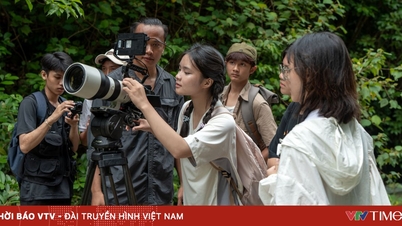


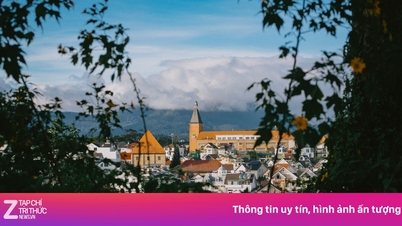

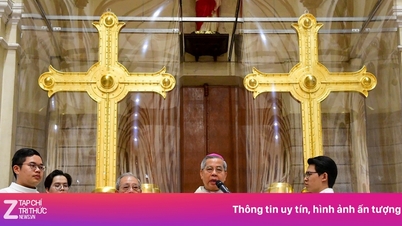
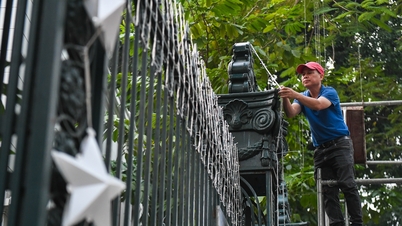






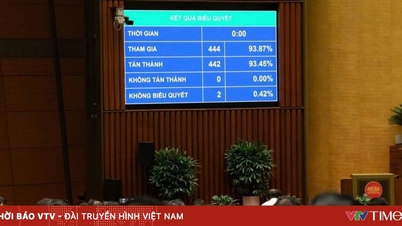




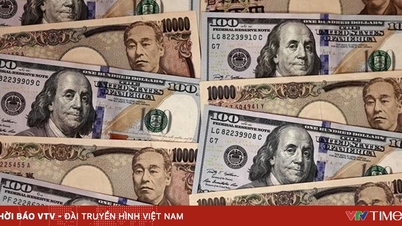

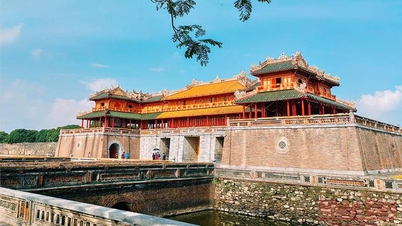



![[Video] The craft of making Dong Ho folk paintings has been inscribed by UNESCO on the List of Crafts in Need of Urgent Safeguarding.](https://vphoto.vietnam.vn/thumb/402x226/vietnam/resource/IMAGE/2025/12/10/1765350246533_tranh-dong-ho-734-jpg.webp)

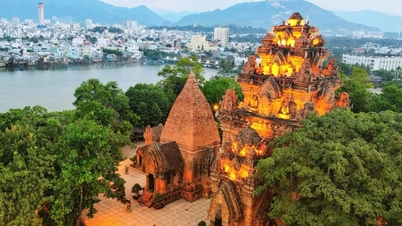


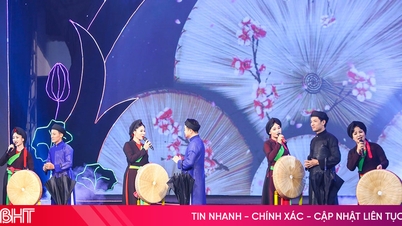

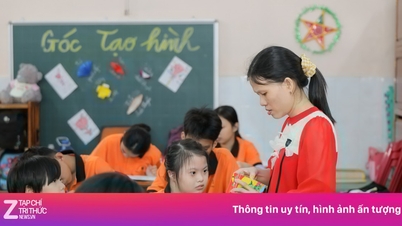
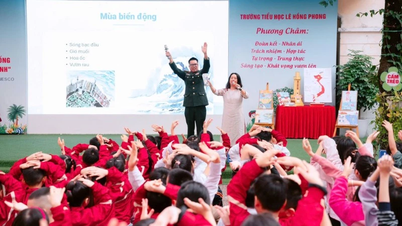

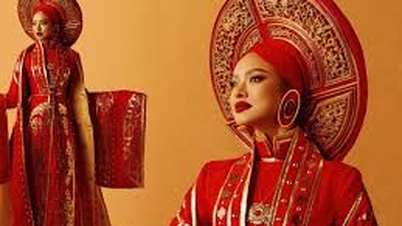
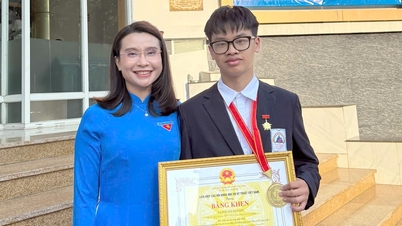
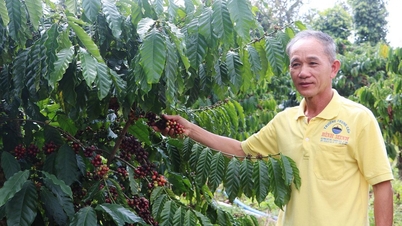




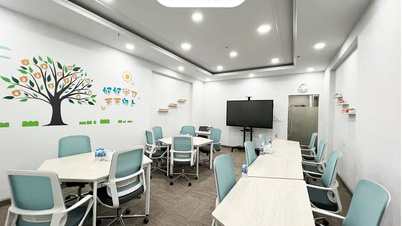











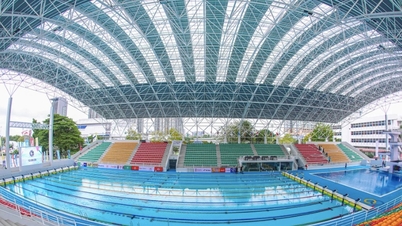


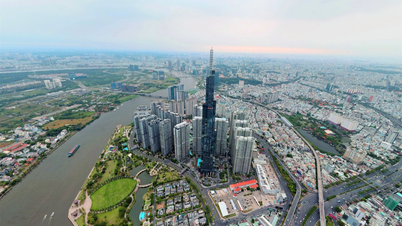
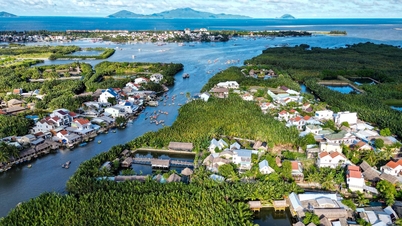
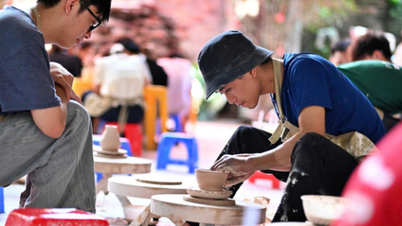

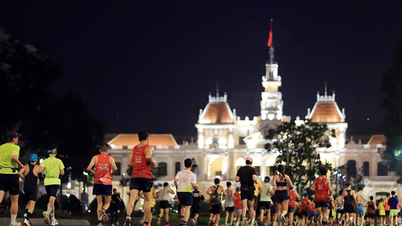






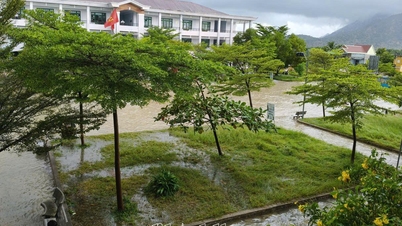

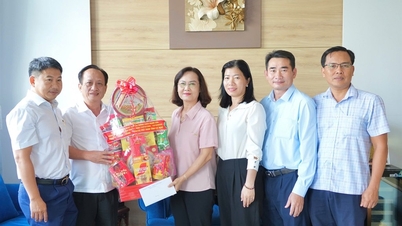


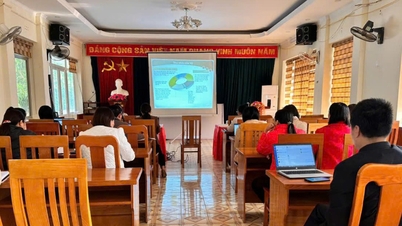





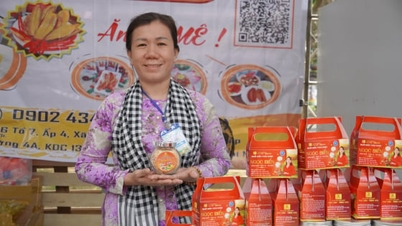
















Comment (0)